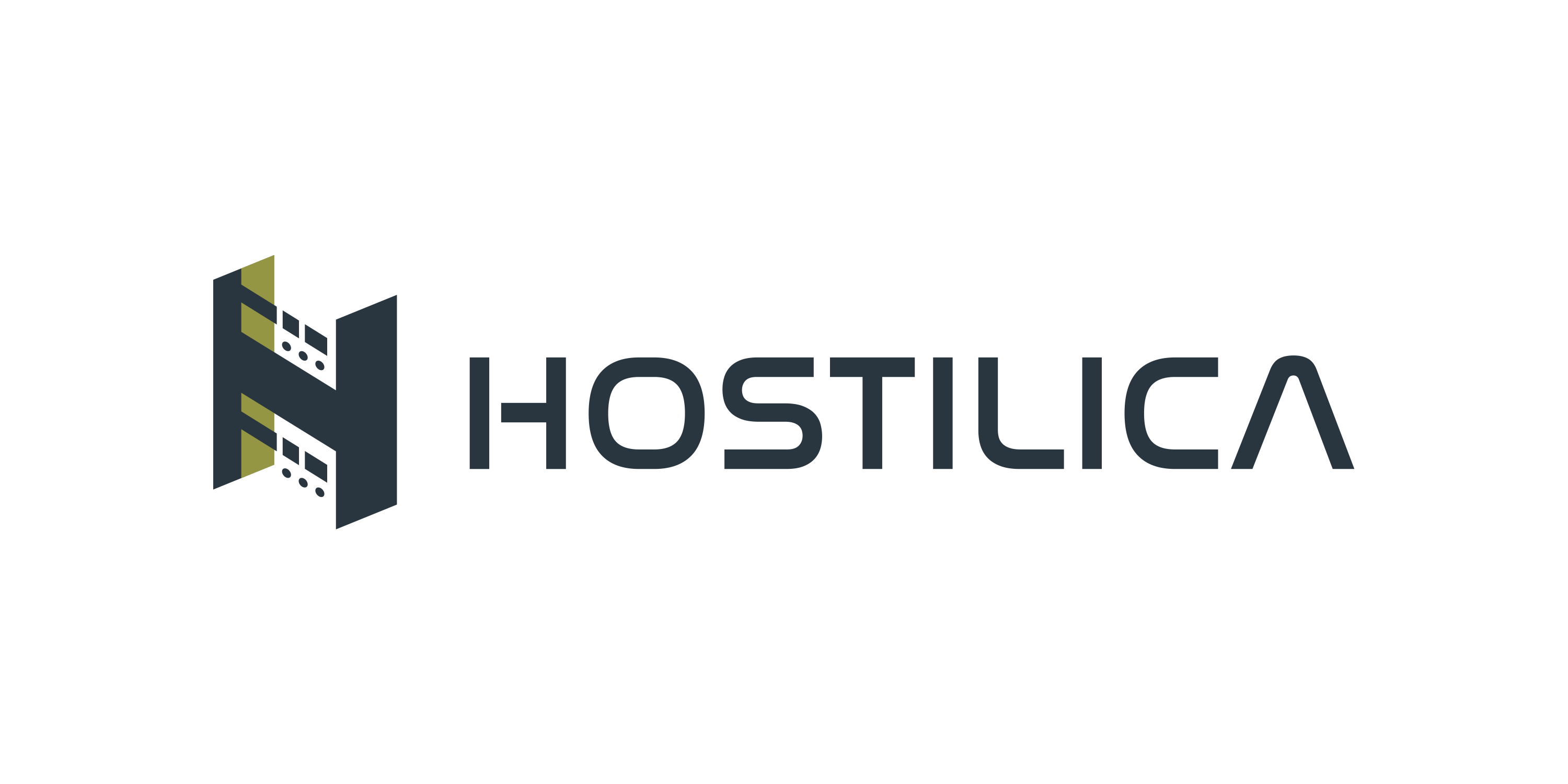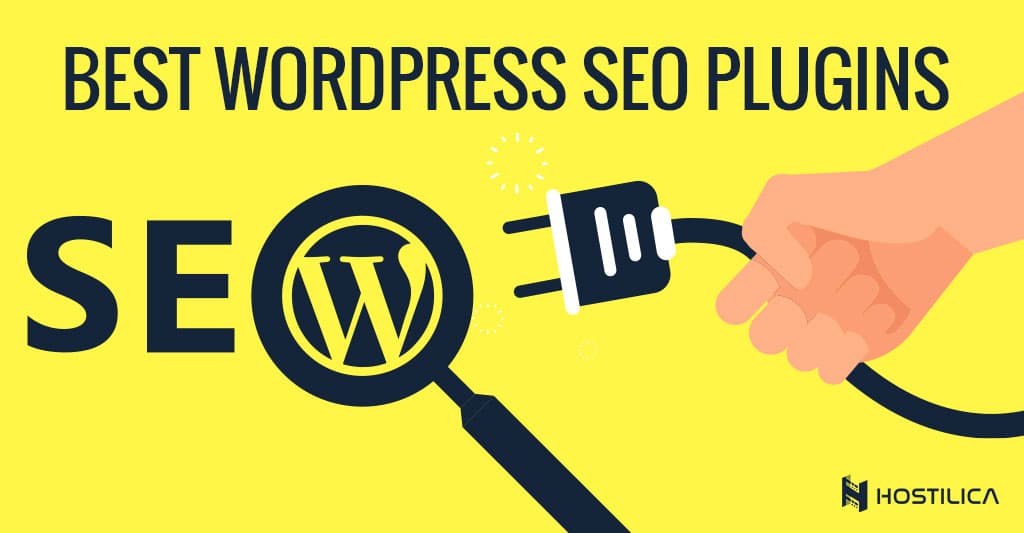Customer lifecycle management (CLM) is a key concept to help you build a solid online business strategy and it’s high time you learn about it if you want your online business to grow and prosper.
What is Customer Lifecycle Management?
Customer lifecycle management refers to the process of understanding the customer’s typical lifecycle and tailoring your strategy accordingly. The customer lifecycle describes all the stages a customer experiences throughout their relationship with your brand.
There are a few reasons why customer lifecycle management is important:
- It allows you to provide relevant marketing messages. If you know where your customers are in their customer lifecycle which in turn will make your marketing more relevant and effective.
- Can result in increased sales and customer retention. More money is what you get when your marketing is more effective and leads to more sales and repeat customers.
- It allows for better analysis. Different parts of the lifecycle will have different behavior. This allows you to better understand the behavior of different tactics and allows you to analyze them more effectively.
Five Stages of the Customer Lifecycle
Depending on what type of business you run, the details of the customer’s lifecycle may look different. In most cases, however, it can be broken down into five major stages.
1. Awareness
Marketing tends to focus on the awareness stages. These are the ads and content that you create to get your brand on the consumer’s radar. For any stage to succeed, awareness is essential. It is vital, but marketing strategies can over emphasize it in comparison to other stages.
2. Conversion
Once you have attracted a customer’s attention, the next step is to convince them to buy. Conversion (or acquisition) is the moment when a consumer takes that first step to becoming a customer. This is the second of five stages in customer lifecycle management.
3. Nurture
It is more profitable to retain customers that you have already earned than to focus on new customers. This is where nurturing comes in.
Invest in the purchase of the one-time item and building a relationship with it. Send follow-ups with professional business emails and create marketing materials focused on how to use your products or get the most of them. Offers and coupons that are tailored to your customers may be a good idea. Also, ensure exceptional customer service and product quality.
4. Retention
When all the nurturing is paying off and customers return for more, that’s called retention. For consumable products and subscription software, retention rates (discounted) are binded to the time when a customer has the chance to renew or cancel. It refers to customers making additional purchases from your website for the same or other products.
5. Advocacy
While retention is great, there are ways to go beyond that. Advocacy refers to when loyal customers love your brand and products so much that they talk about you on social media. They also tell their friends about you, share case studies, or give testimonials. You can earn advocacy by providing great customer service and a great product. You can also encourage your customers with loyalty and referral programs.
CLM plans for the entire experience not just sales
Every business should strive to earn sales. Loyal customers will help you go further. CLM will change the way you view your customer relationship. It will allow you to think differently about how you interact with customers and make sure you work as hard as possible to retain their loyalty.




